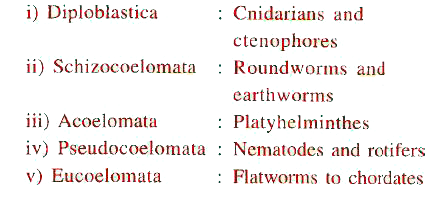Which of the following is correct
log.K2K1=Ea2.303[ΔTT1T2]
For zero order t1/2 is inversely proportional to initial concentration
Catalyst decreases the activation energy
All of these
The correct Answer is:C
To solve the question "Which of the following is correct?", we will analyze each of the options provided and determine their validity based on chemical kinetics principles.
1. Analyze the First Option:
- The first option states:
logk2k1=Ea2.303⋅Δt⋅1T1⋅T2
- This equation resembles the Arrhenius equation, which is:
logk2k1=Ea2.303R(1T1−1T2)
- The correct form includes the gas constant R, which is missing in the first option. Therefore, this option is incorrect.
2. Analyze the Second Option:
- The second option states:
"For zero-order reactions, t1/2 is inversely proportional to the initial concentration."
- For zero-order reactions, the half-life is given by:
t1/2=(A)02k
- This indicates that t1/2 is directly proportional to the initial concentration (A)0, not inversely. Therefore, this option is also incorrect.
3. Analyze the Third Option:
- The third option states:
"A catalyst decreases the activation energy."
- This statement is true. Catalysts provide an alternative pathway for the reaction with a lower activation energy, thus facilitating the reaction. Therefore, this option is correct.
4. Analyze the Fourth Option:
- The fourth option states:
"All of these."
- Since the first two options are incorrect and only the third option is correct, this option is also incorrect.
Conclusion:
The only correct statement among the options provided is that a catalyst decreases the activation energy. Therefore, the correct answer is:
Correct Option: Third Option (C)
---
- The first option states:
logk2k1=Ea2.303⋅Δt⋅1T1⋅T2
- This equation resembles the Arrhenius equation, which is:
logk2k1=Ea2.303R(1T1−1T2)
- The correct form includes the gas constant R, which is missing in the first option. Therefore, this option is incorrect.
- The second option states:
"For zero-order reactions, t1/2 is inversely proportional to the initial concentration."
- For zero-order reactions, the half-life is given by:
t1/2=(A)02k
- This indicates that t1/2 is directly proportional to the initial concentration (A)0, not inversely. Therefore, this option is also incorrect.
- The third option states:
"A catalyst decreases the activation energy."
- This statement is true. Catalysts provide an alternative pathway for the reaction with a lower activation energy, thus facilitating the reaction. Therefore, this option is correct.
- The fourth option states:
"All of these."
- Since the first two options are incorrect and only the third option is correct, this option is also incorrect.
The only correct statement among the options provided is that a catalyst decreases the activation energy. Therefore, the correct answer is:
Topper's Solved these Questions
- CHEMICAL KINETICSBook:AAKASH INSTITUTE ENGLISHChapter:CHEMICAL KINETICSExercise:ASSIGNMENT (SECTION C : Previous Year Questions)
Explore 62 Videos
- CHEMICAL KINETICSBook:AAKASH INSTITUTE ENGLISHChapter:CHEMICAL KINETICSExercise:ASSIGNMENT (SECTION D : Assertion - Reason Type Questions)
Explore 15 Videos
- CHEMICAL KINETICSBook:AAKASH INSTITUTE ENGLISHChapter:CHEMICAL KINETICSExercise:ASSIGNMENT (SECTION A : Objective Type Questions)
Explore 50 Videos
- CHEMICAL BONDING AND MOLECULAR STRUCTURE Book:AAKASH INSTITUTE ENGLISHChapter:CHEMICAL BONDING AND MOLECULAR STRUCTURE Exercise:Assignment Section J (Aakash Challengers Questions)
Explore 10 Videos
- CHEMISTRY IN EVERYDAY LIFE Book:AAKASH INSTITUTE ENGLISHChapter:CHEMISTRY IN EVERYDAY LIFE Exercise:Assignment ( SECTION - A)
Explore 45 Videos
Similar Questions
Which of the following are correct ?
View SolutionWhich of the following are correct reactions ?
View SolutionWhich of the following are correct processes ?
View SolutionWhich of the following are correct
View SolutionWhich of the following are correct :
View SolutionWhich of the following are correct ?

View SolutionWhich of the following are correct ?
View SolutionWhich of the following are correct?
View SolutionWhich of the following are correct?
View SolutionWhich of the following are correct?
View Solution
